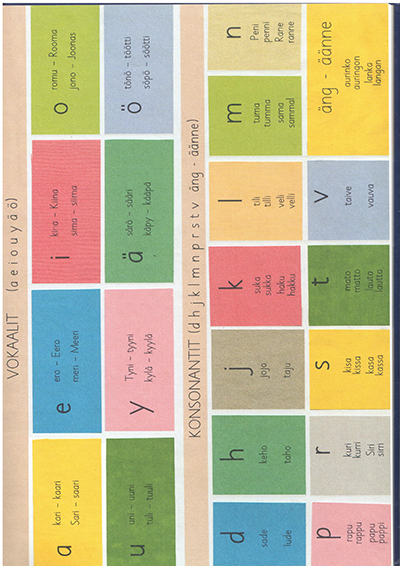| Sorted by date | |||
page171from Nordic Architects Writes
1974 Kirmo Mikkola
Architecture: Its Ideals and Reality
The architect today is clearly losing
status. There is a lack of confidence between him and society, and the
architect’s own self-confidence is shaky. The result is a deterioration in
motivation and professional security. From half a century of development, the
rationale of efficiency is all that is left of modern architecture. With this,
technicians business men and politicians are building an environment which is
at the same time destroying its own psychological and biological conditions. The
business world uses architects more to underline its own status than to create
a good working environment. Architects are also used as a kind of scenery
builders. The monuments they design are used as fallacious proofs of respect
for culture or social-mindedness. We have drifted far from functionalism’s
dream of a democratic architecture.
The background Externally, the background to Finland’s post-war reconstruction was roughly analogous to the premises from which continental functionalism developed in the 1920s. There was an immense need for housing, which was further increased by the halt in building caused by the war. Legislation promoting subsidized housing production was passed, and large developments gradually got under way. The problems of reconstruction had already been studied during the war on the initiative of architects, and the Association of Finnish Architects had taken an important step by setting up its standardization institute. The idea of elastic standardization proposed by Alvar Aalto pointed the way for Finland’s post-war architecture rather as Le Corbusier’s Domino did for the functionalists of the 1920s. Aulis Blomstedt’s modular studies created the basis for industrialized building. In the early 1950s as big housing reform competition was arranged, with a special construction technology series, and Revell, Ervi and Siren, for instance, studied the problems of prefab building in practice. But at the same time there was an anti-mechanical and anti-collective reaction to features conducive to socialized building production. This meant that architecture hid its head in the sands of romanticism, and in urban planning this led to the illusion of individual and mid-nature housing. The conflicting goals of Anglo-American anti-urbanism and continental functionalism were, however, reconciled in a quite harmonious synthesis in the most important experiments of the early 1950s, the first stage of Tapiola and the Otaniemi campus.
|
|||
|
|||
|
|
 ... ...
... ... ... ...
... ... ... ...
... ... ... ...
... ... ... ...
... ... ... ...
... ... ... ...
... ... ... ...
... ... ... ...
... ... ... ...
... ... ... ...
... ... ... ...
... ... ... ...
... ... ... ...
... ... ... ...
... ...